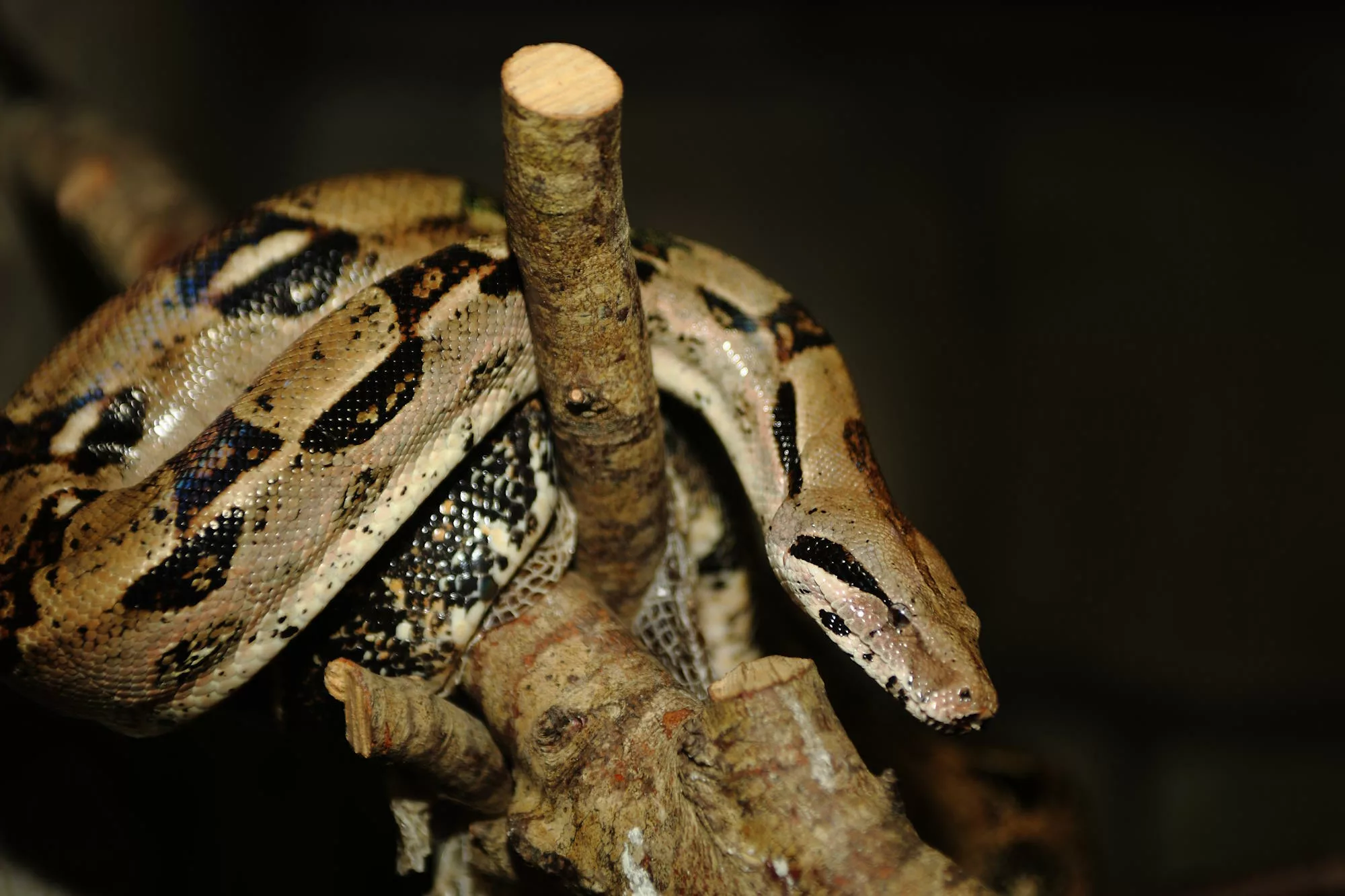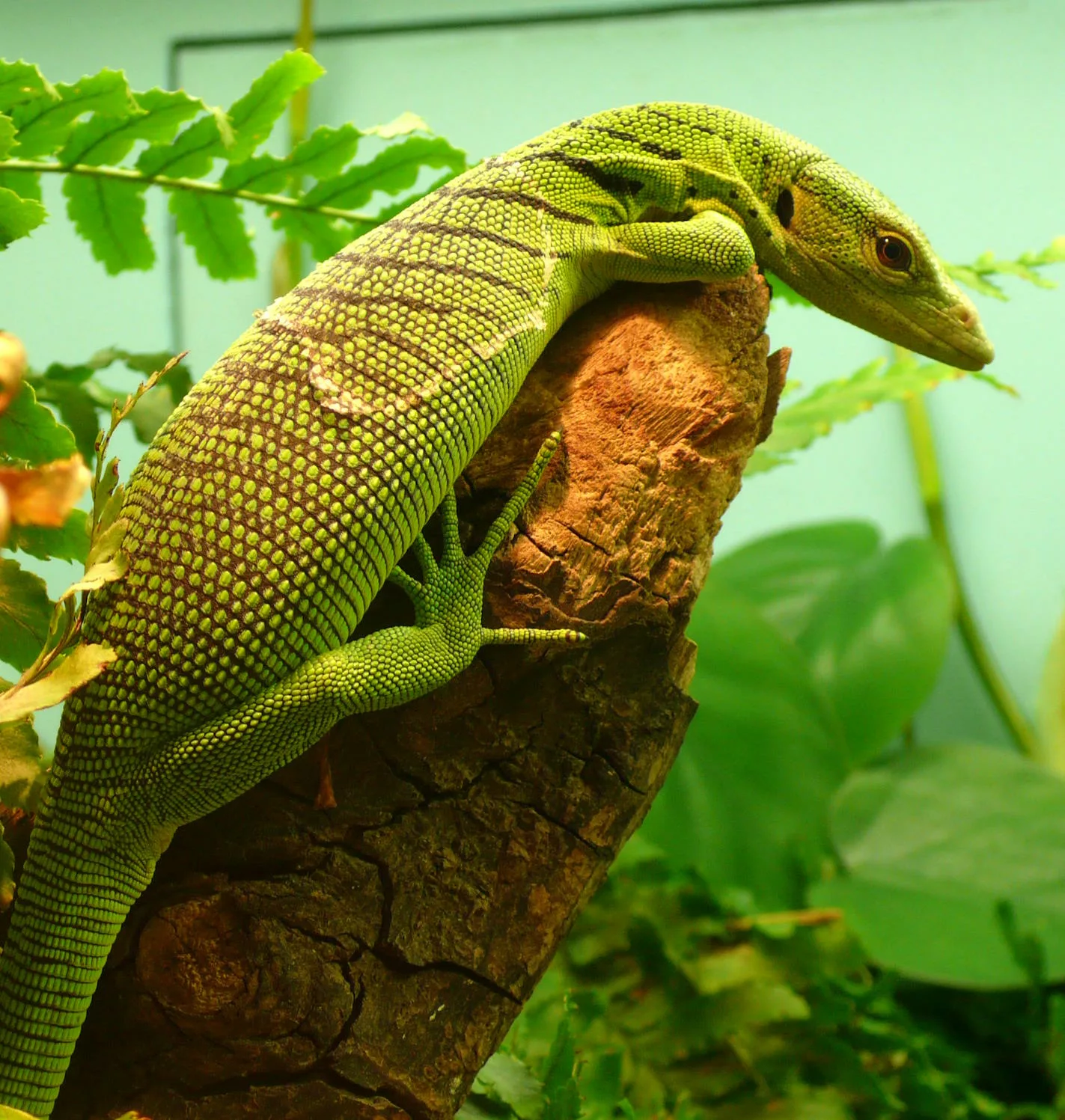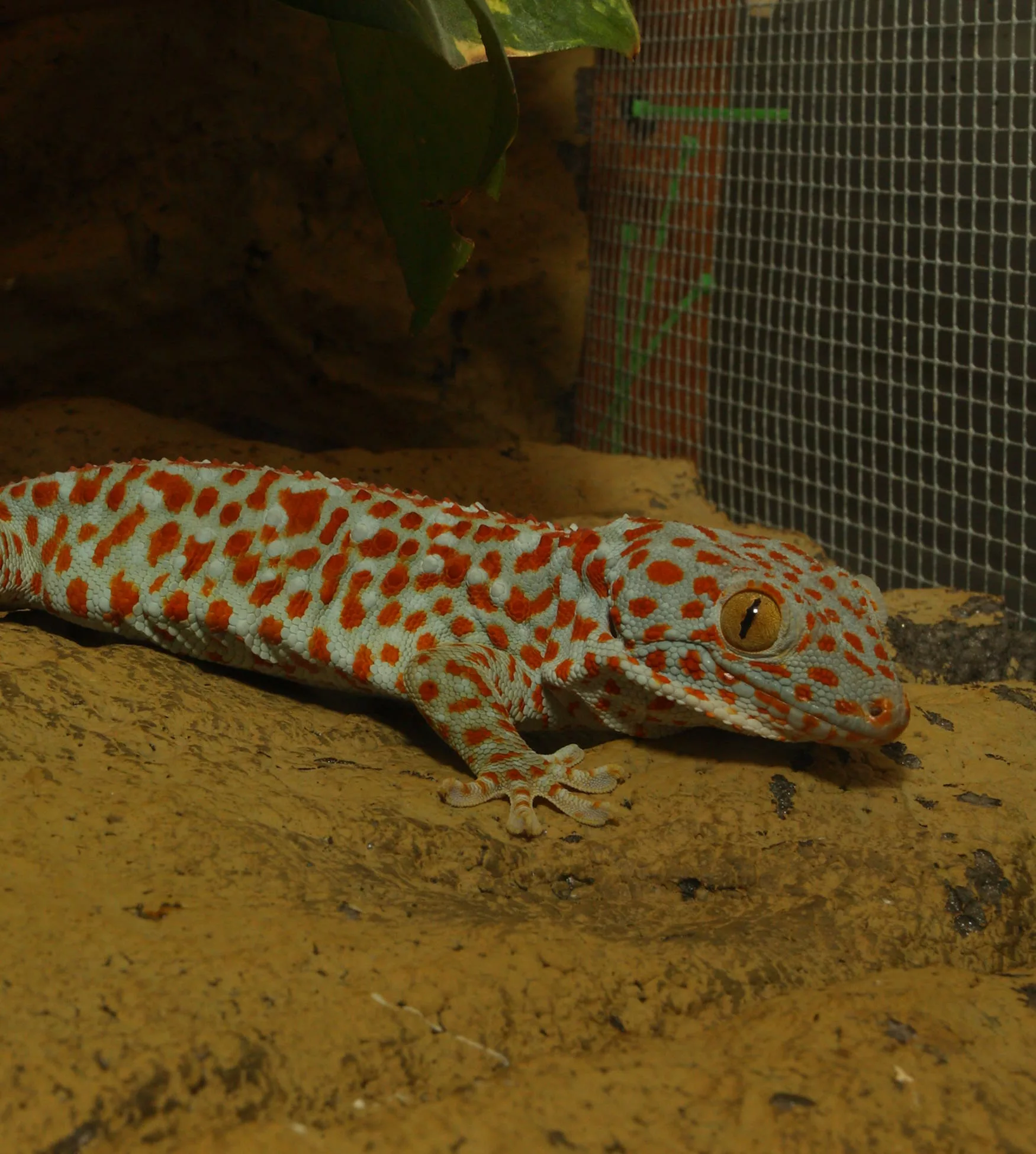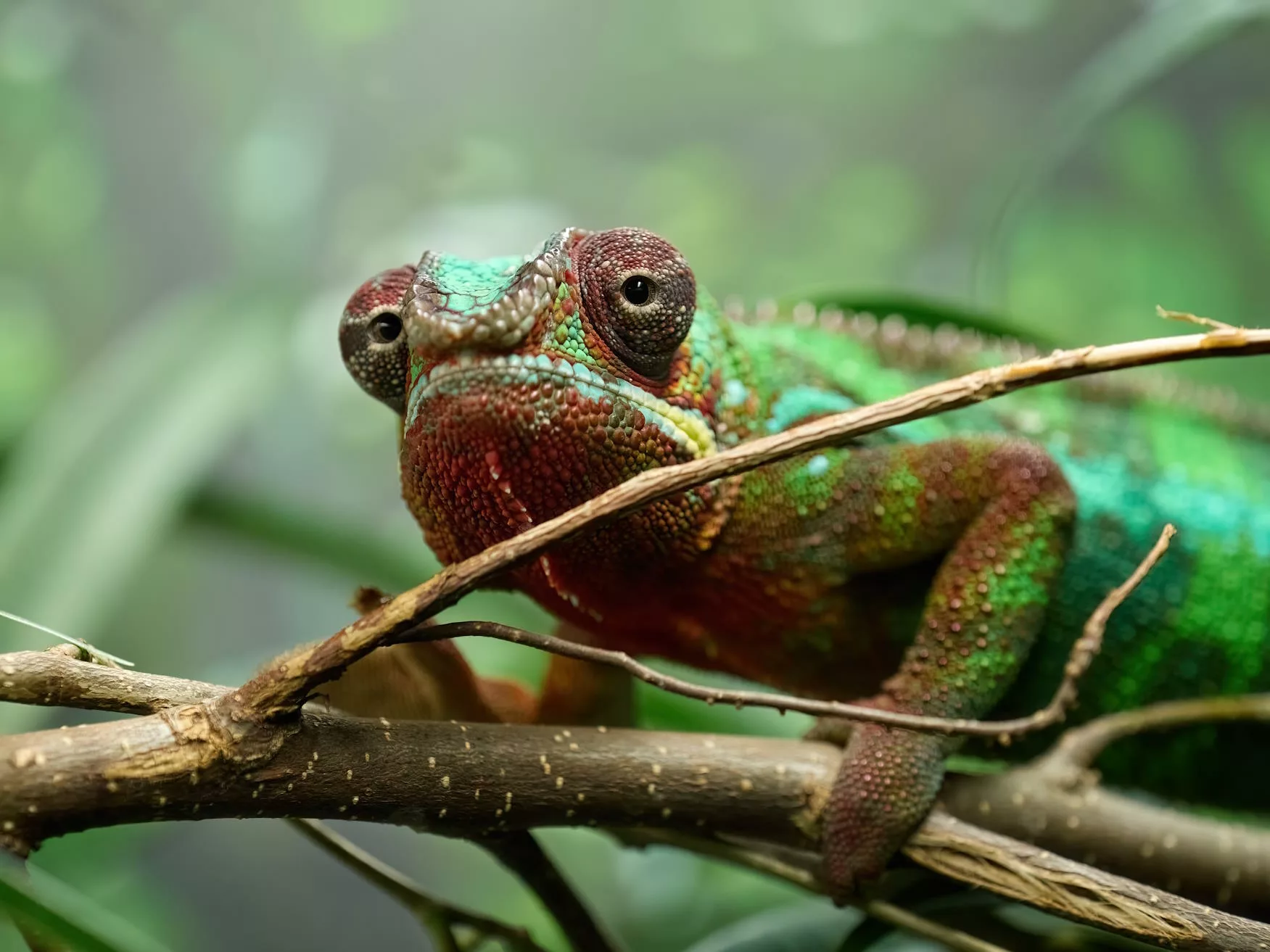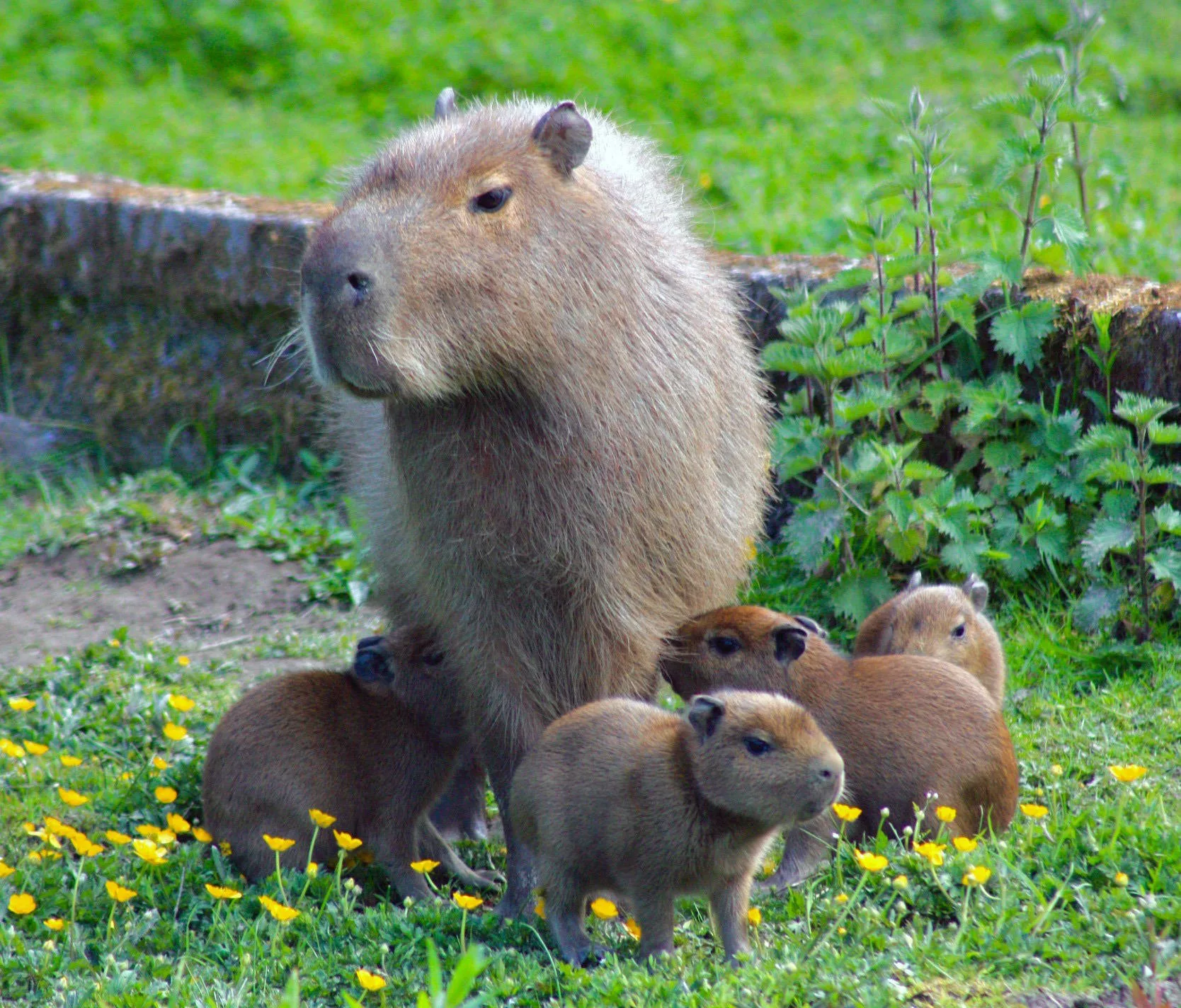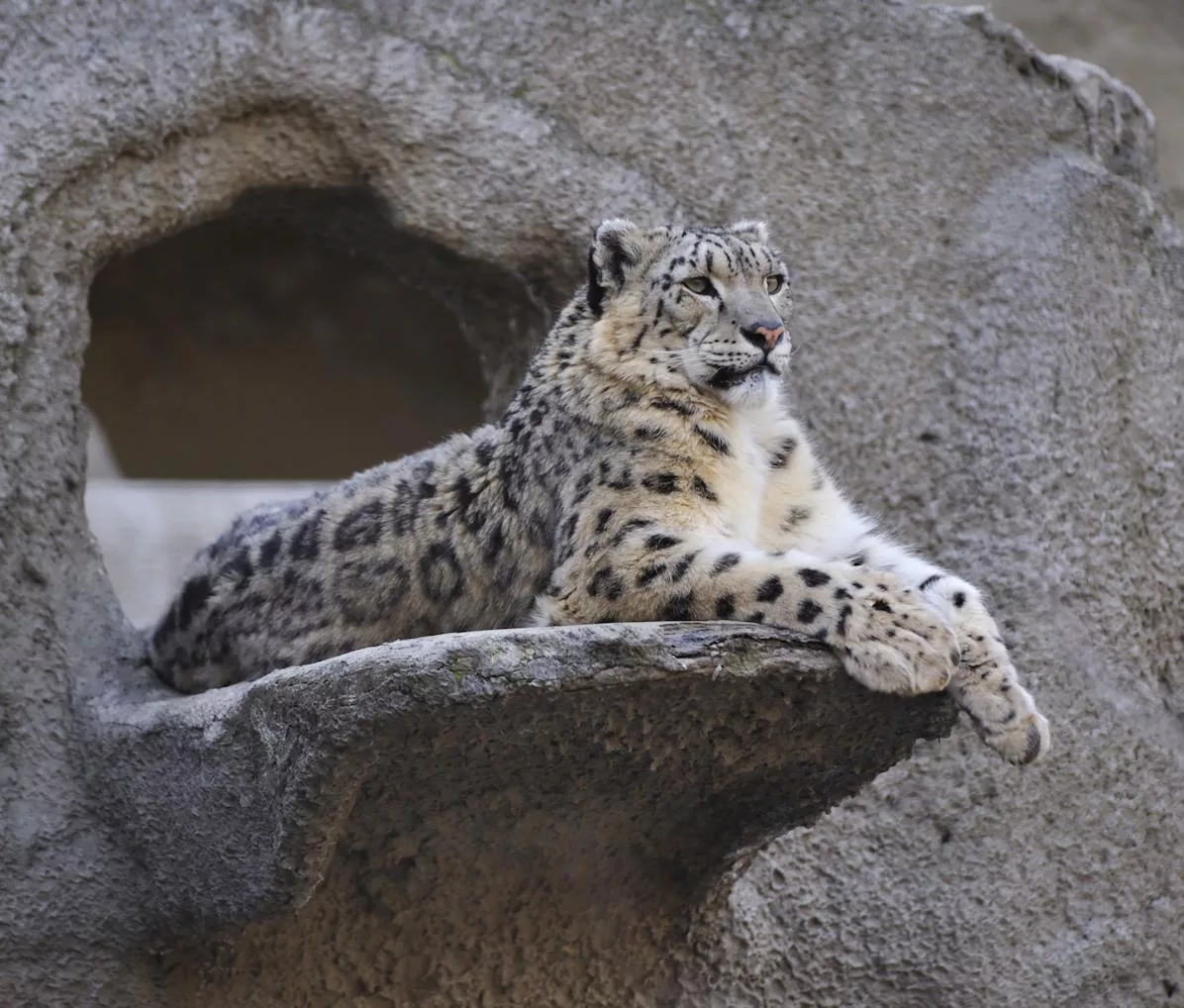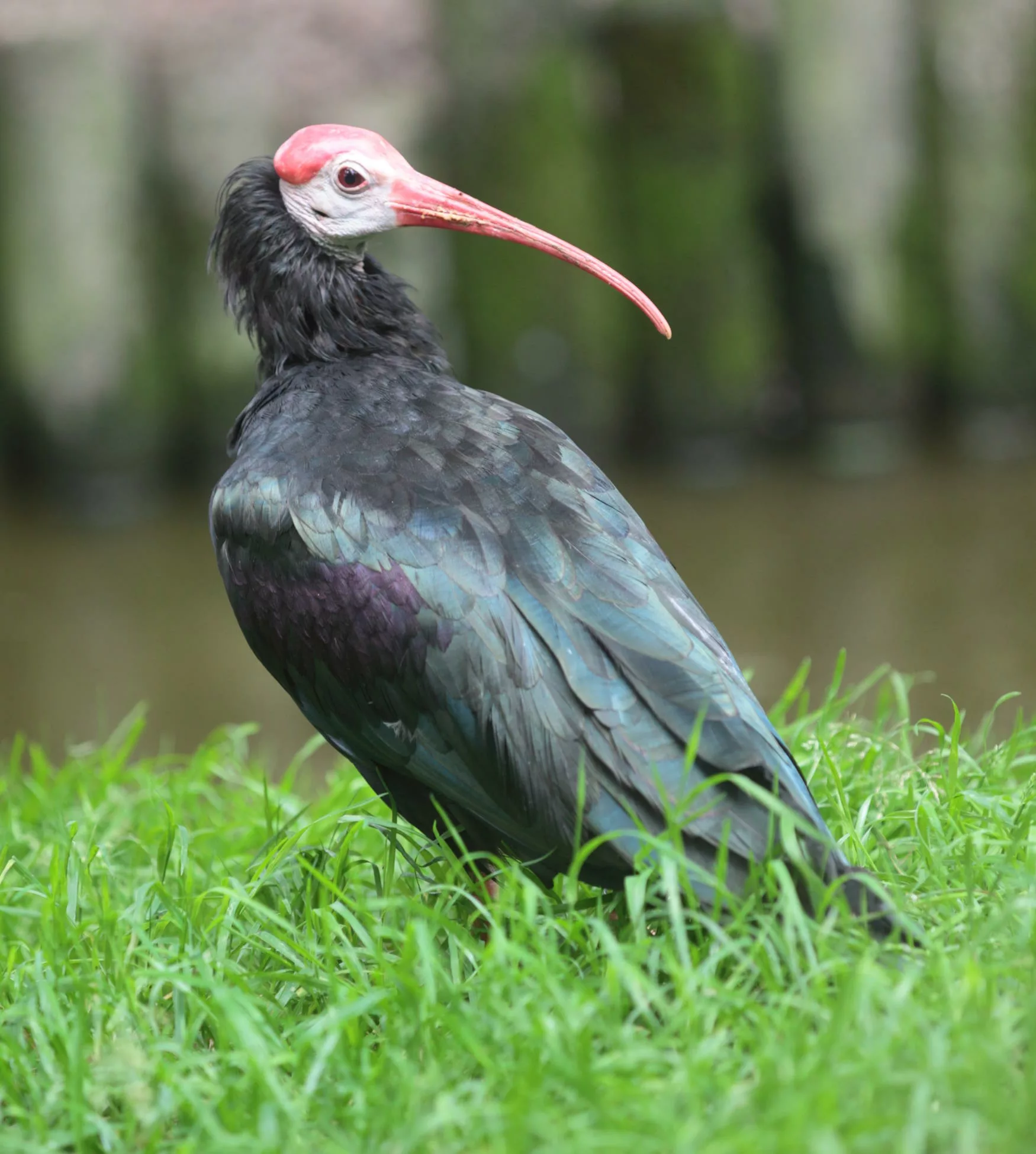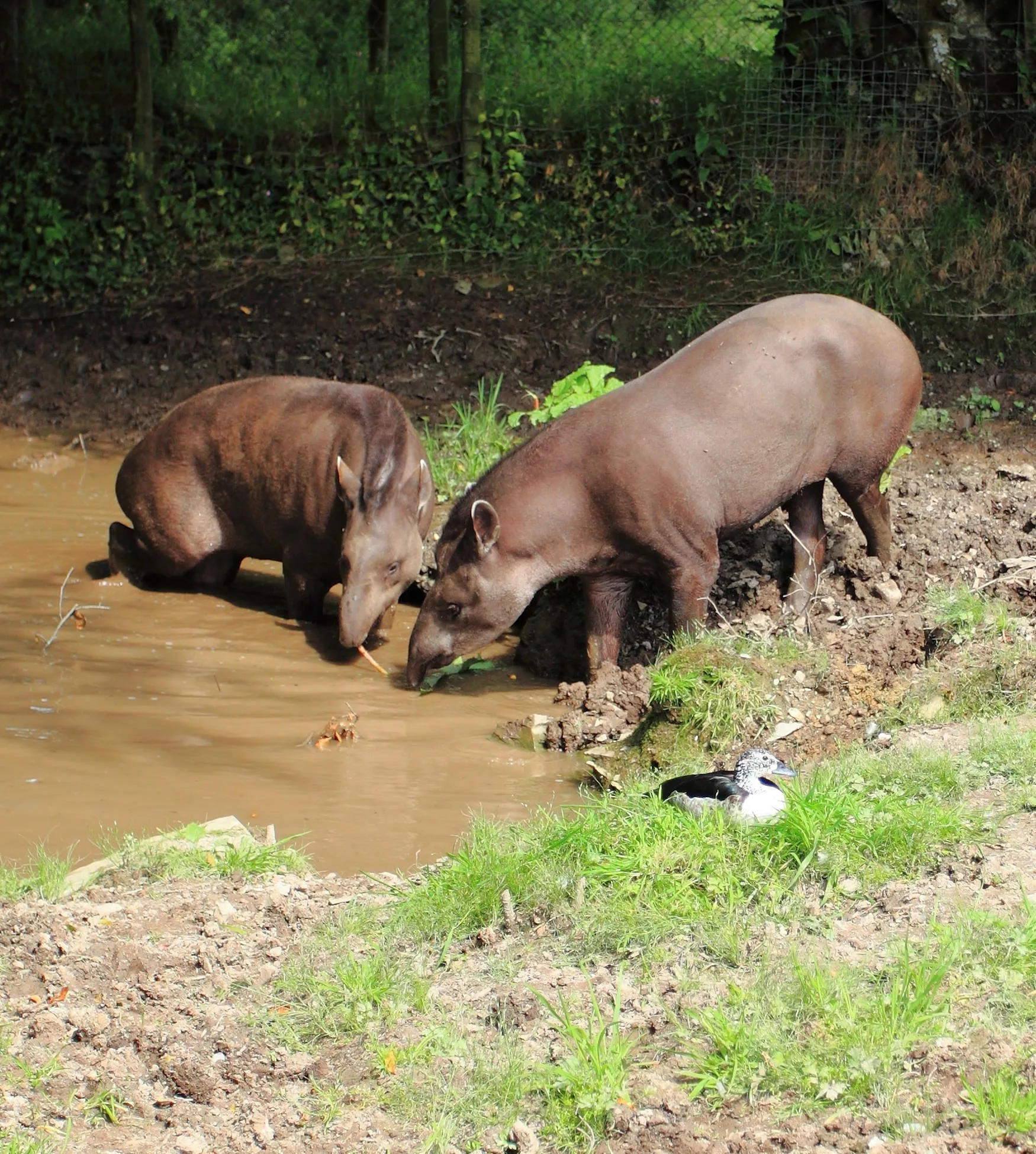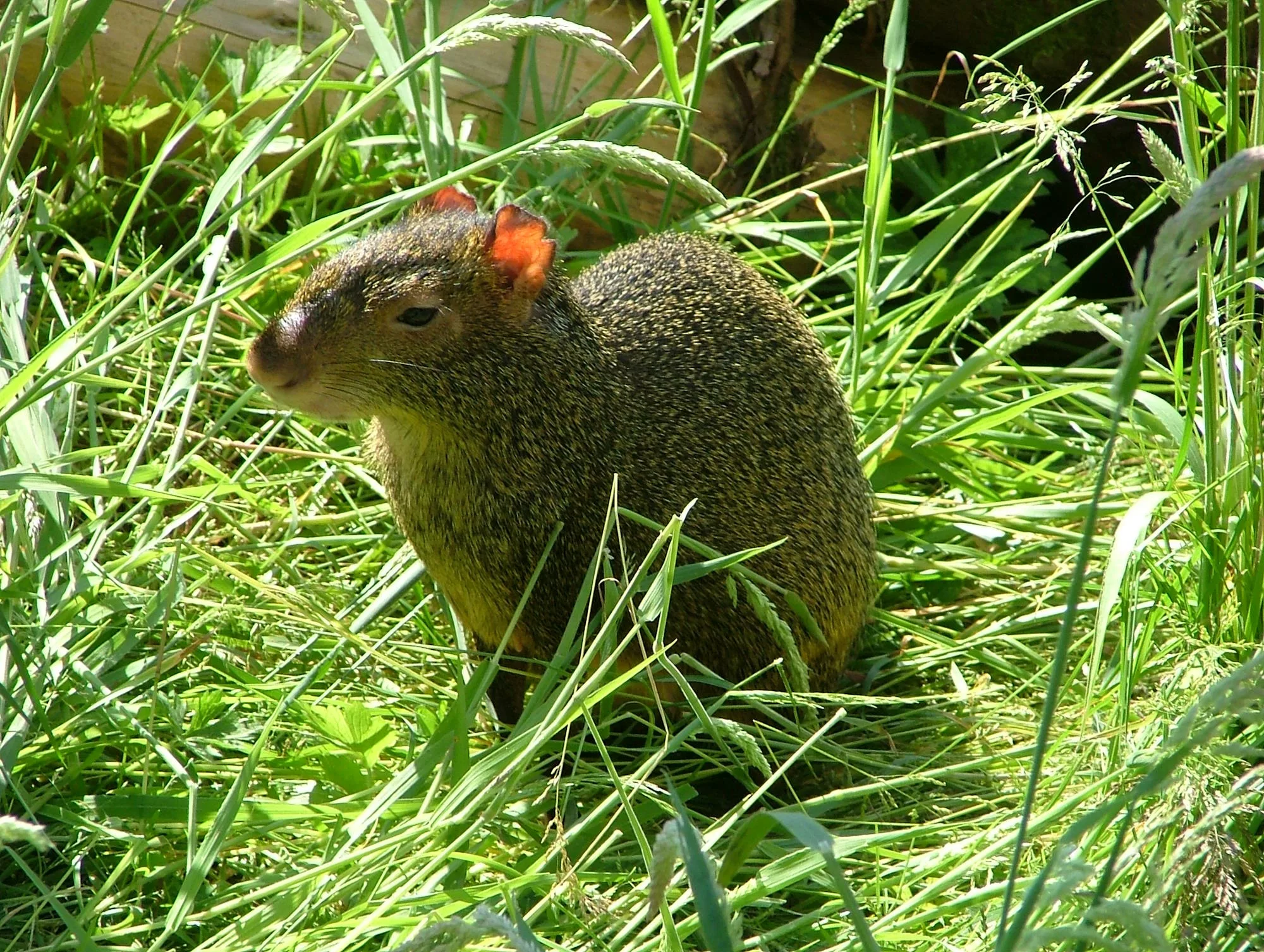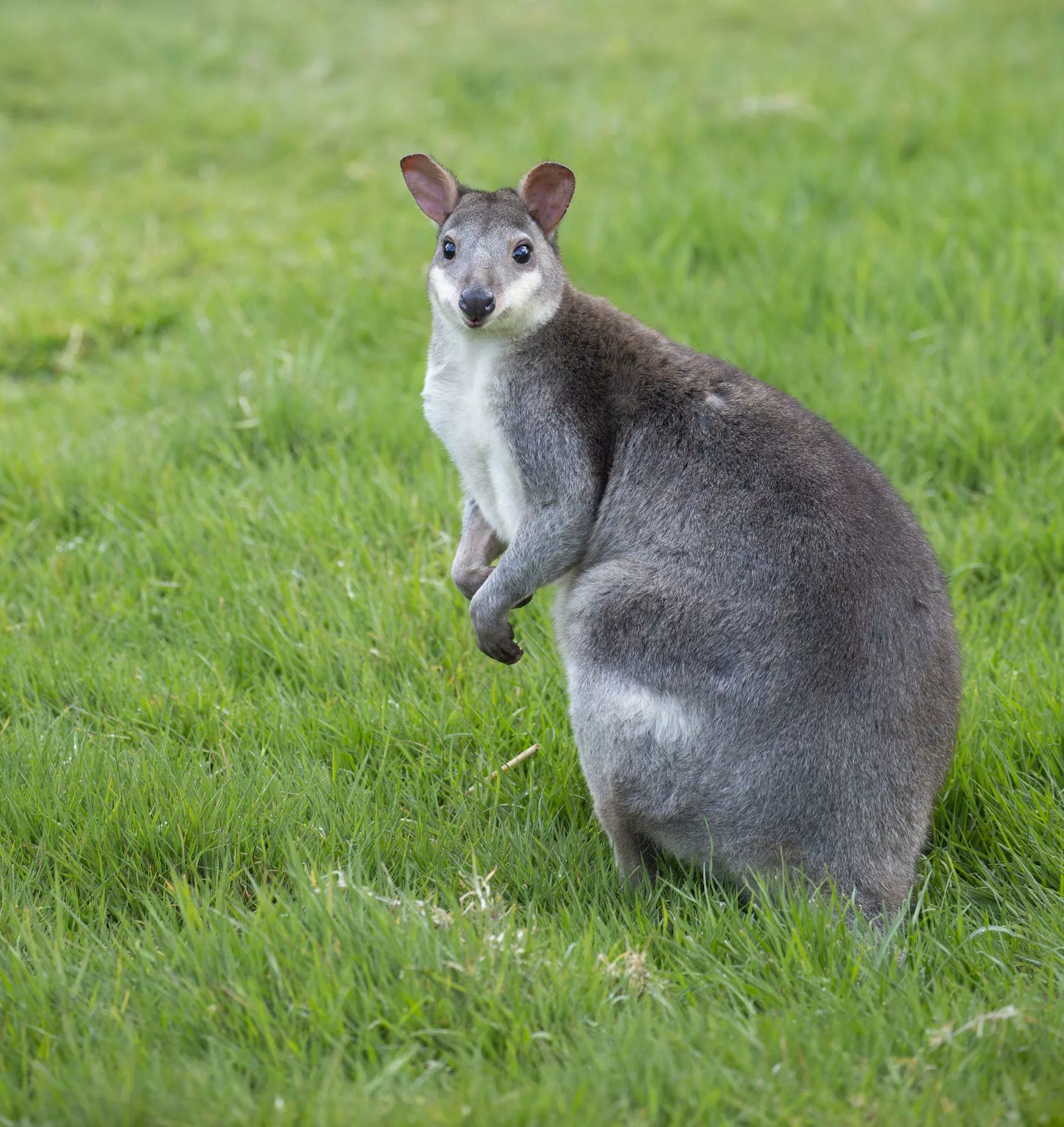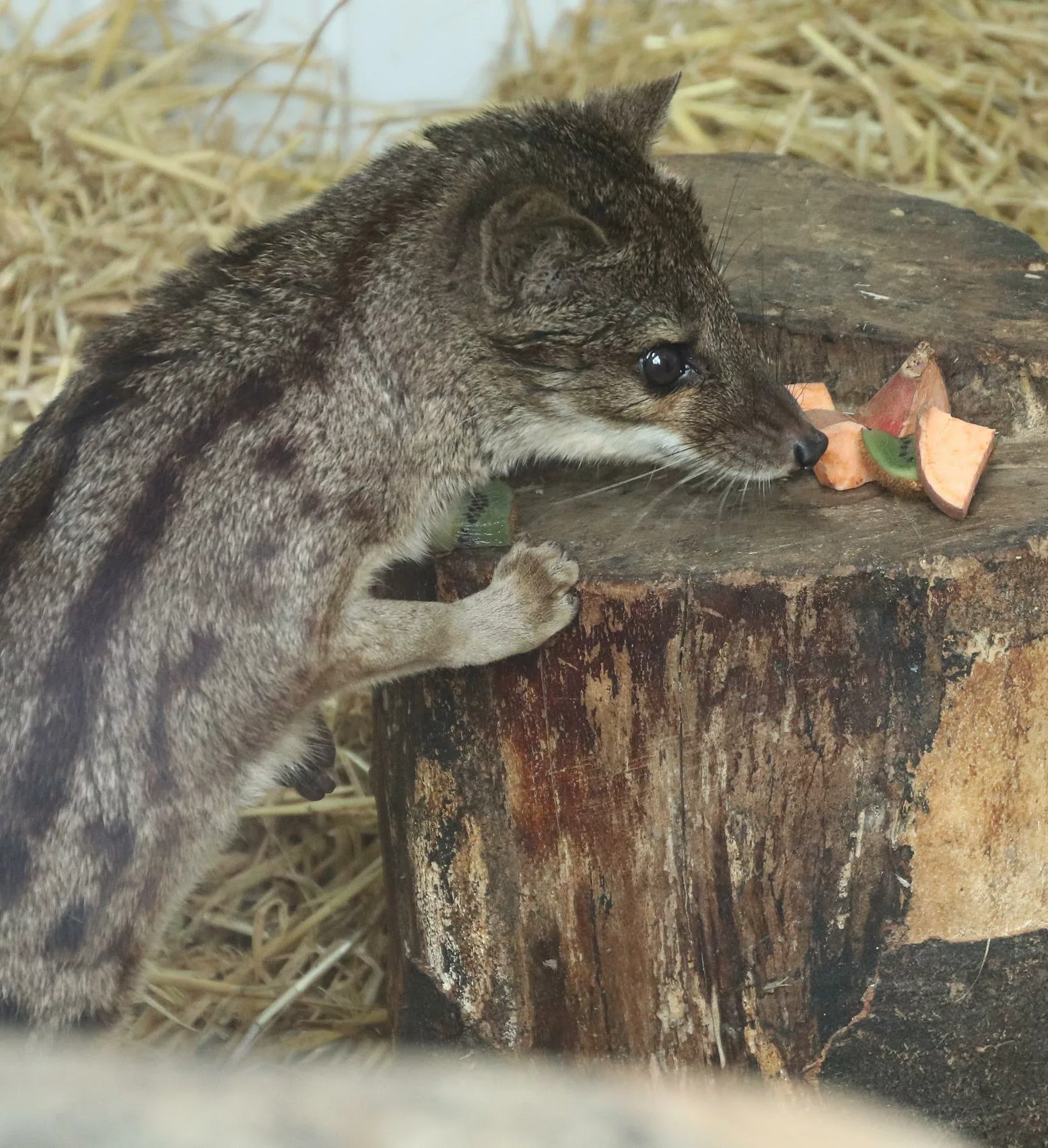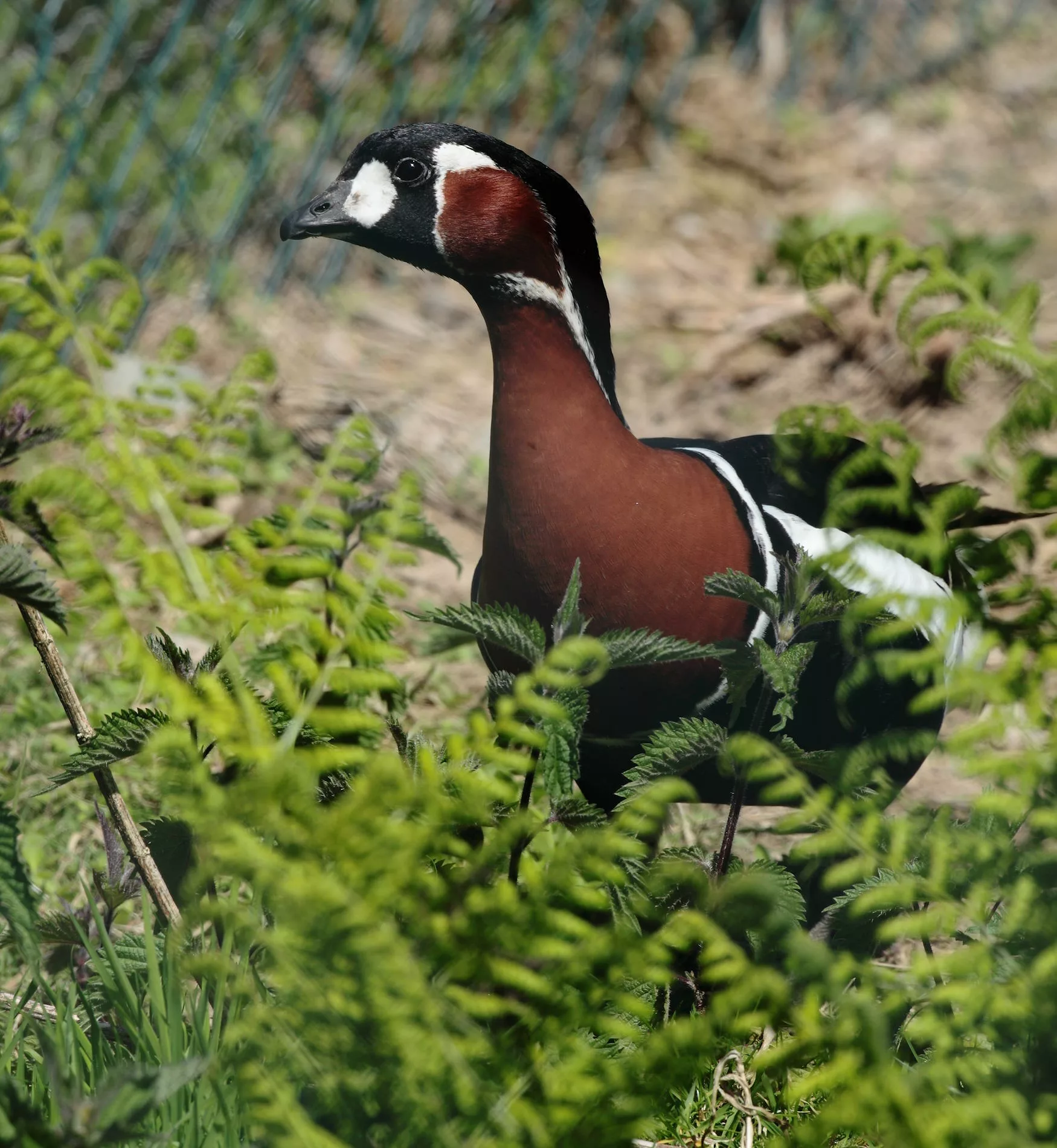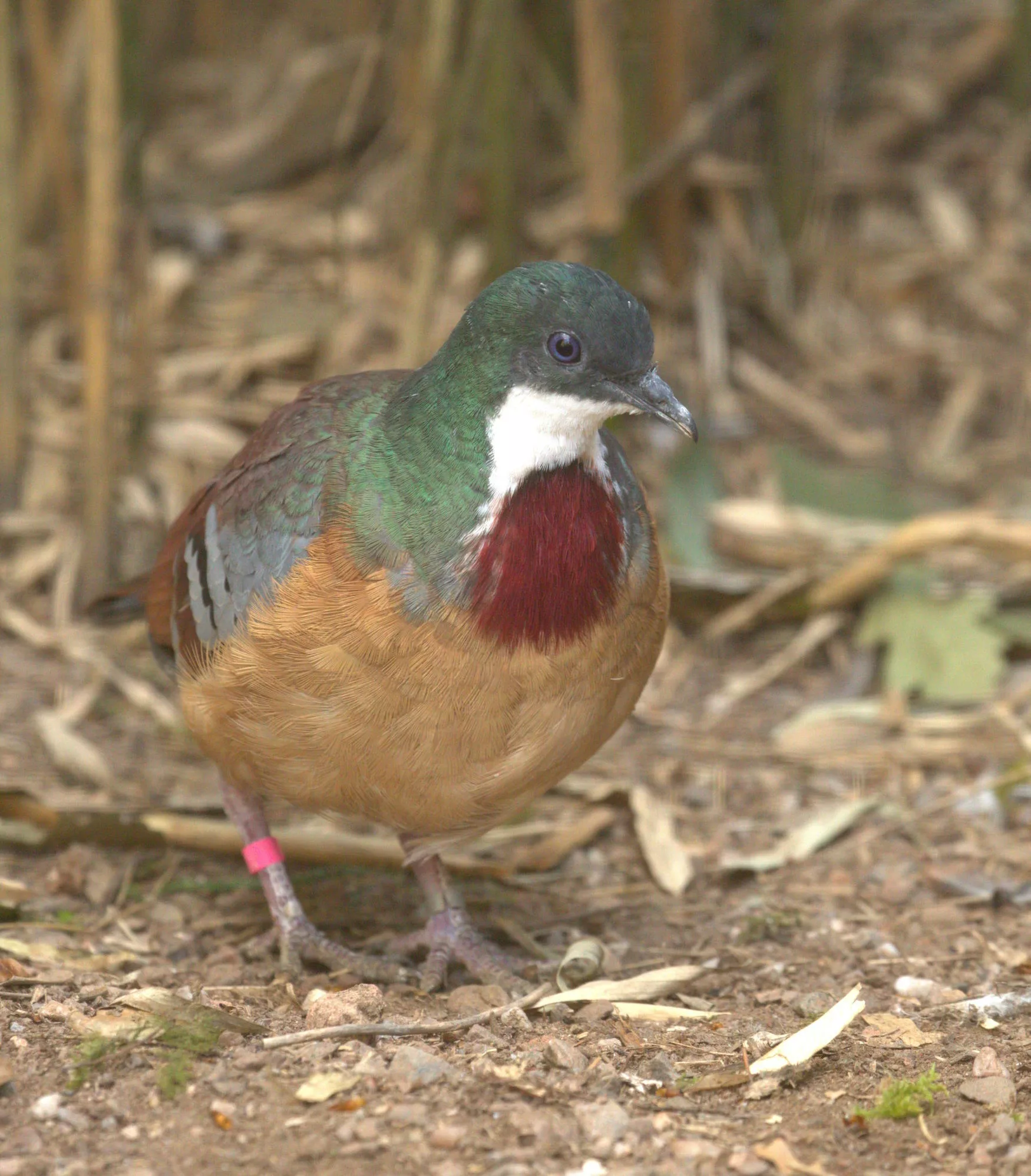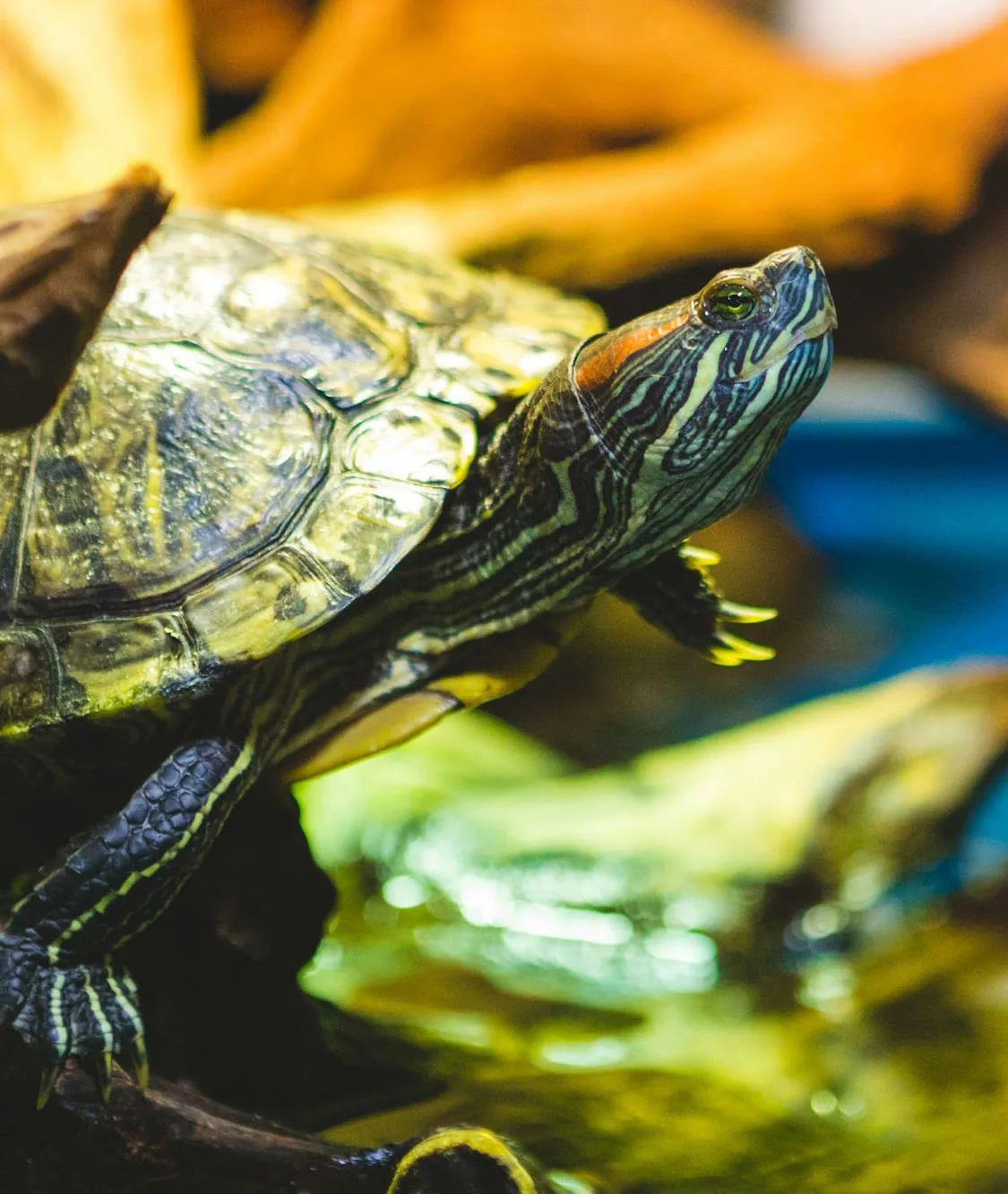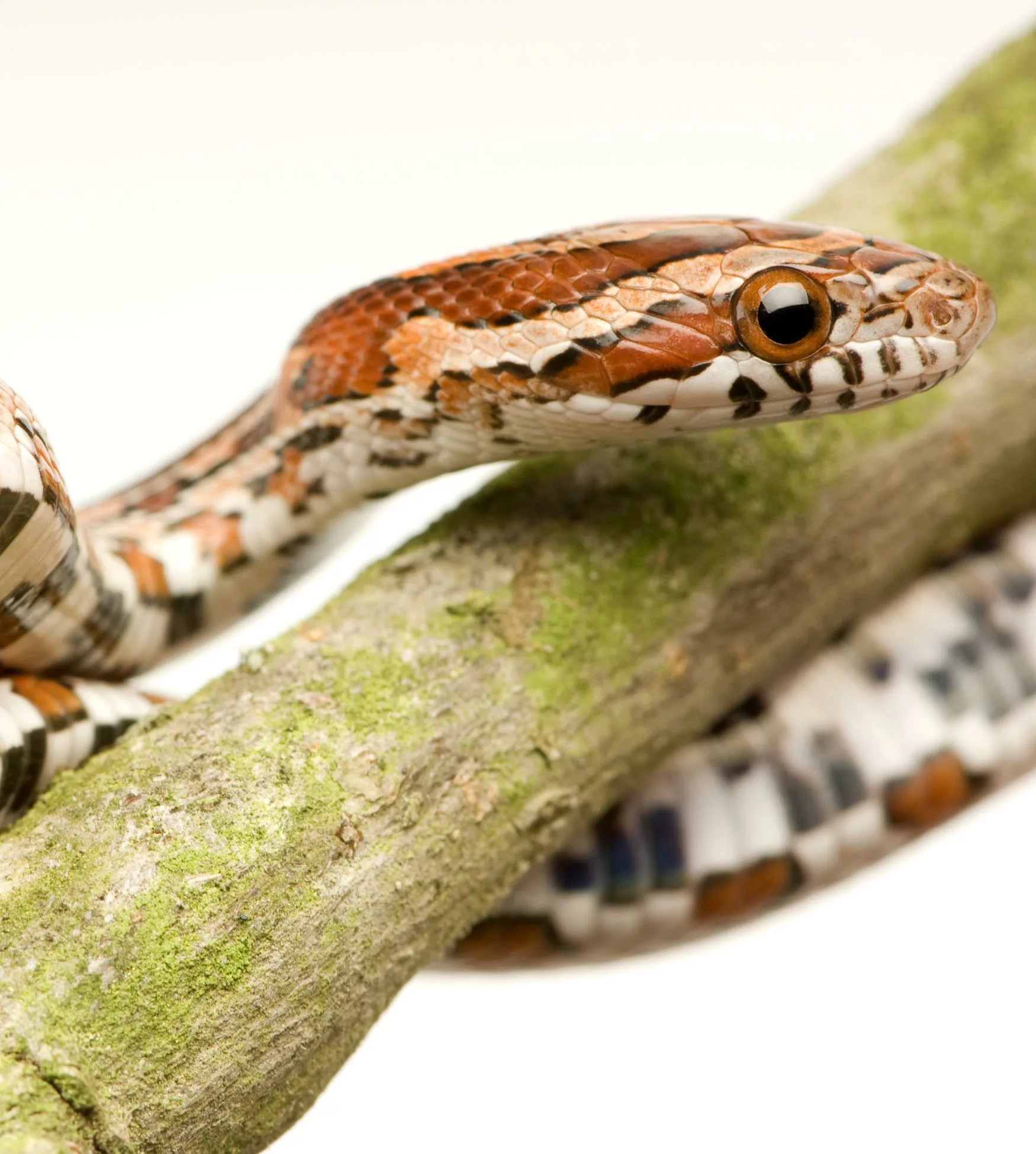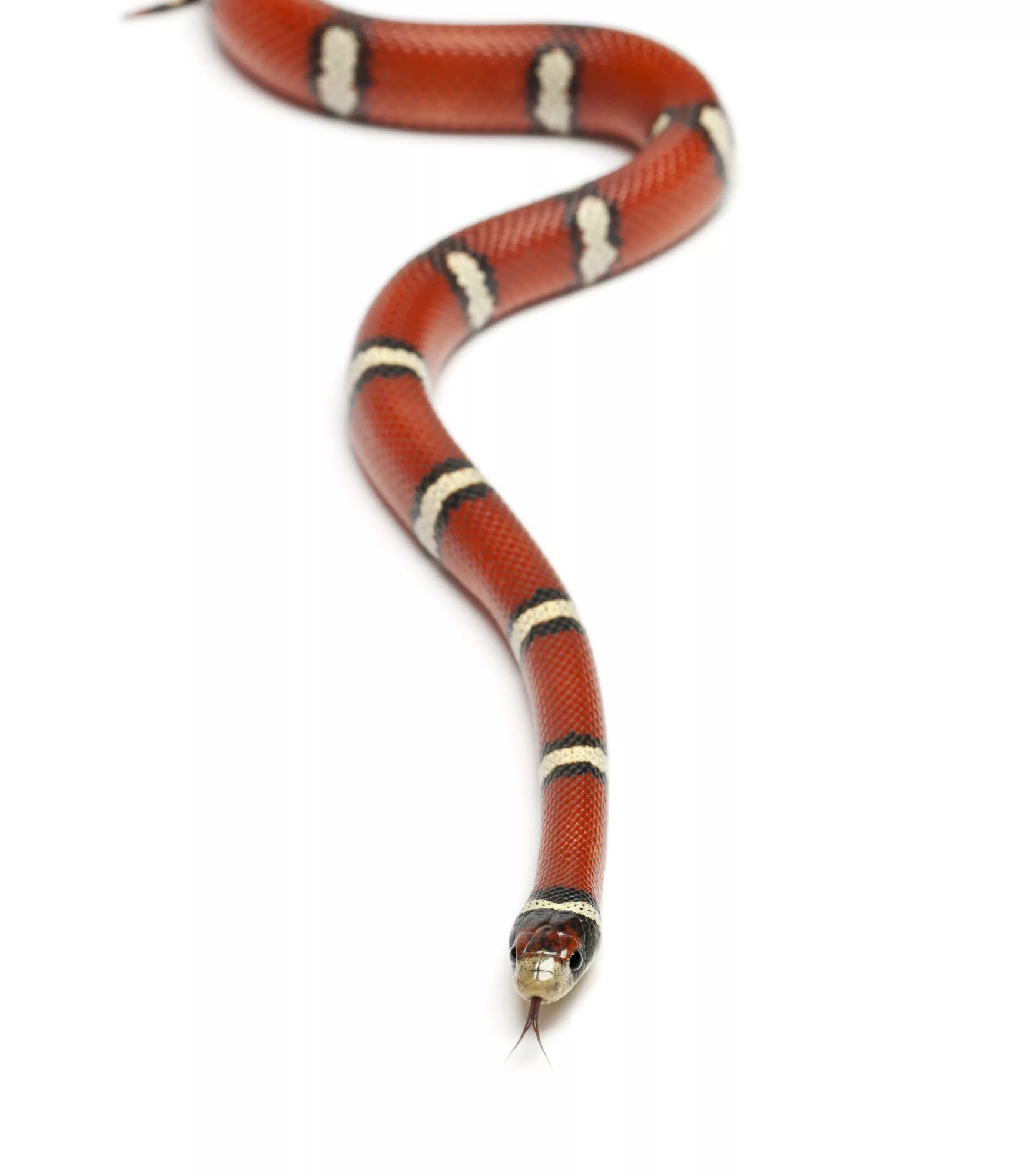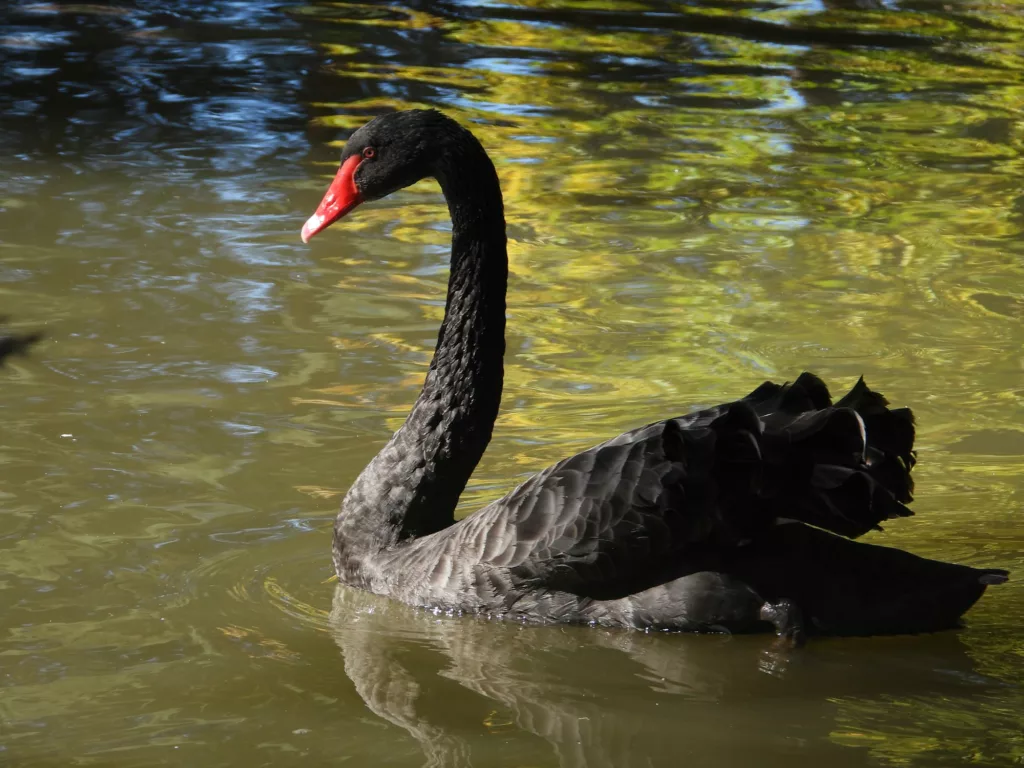
Black swan
Scientific name: Cygnus atratus
IUCN listed as: Least Concern
Learn before you visit!
Here are some facts about the species – Discover what they eat, find out about their natural habitat, see what they like to do, and more… Set the reading style to suit you too, everyday speak or something aimed towards children.
Child-friendly
Everyday
Diet
Black swans are primarily herbivorous, feeding on aquatic vegetation such as algae and submerged plants. They use their long necks to reach down into the water to pull up their food. Occasionally, they might also eat insects and small aquatic creatures. Their diet provides them with the necessary nutrients to maintain their health and energy levels.
Black swans mostly eat plants that grow in the water, like algae and other underwater greens. They use their long necks to grab their food from the water. Sometimes, they might also munch on insects and tiny water animals. This diet keeps them healthy and full of energy.
Breeding
Black swans typically form monogamous pairs, meaning they mate for life. They build large nests out of reeds and grasses near the water’s edge, where the female lays up to six eggs. Both parents take turns incubating the eggs for about 35 to 40 days until they hatch. The cygnets, or baby swans, stay with their parents for about nine months, learning essential survival skills.
Black swans usually stay with one partner for life. They make big nests out of plants near the water, where the female lays up to six eggs. Both mum and dad take turns keeping the eggs warm for about a month until they hatch. The baby swans, called cygnets, stay with their parents for around nine months to learn how to survive.
Habitat
Black swans are native to Australia, where they inhabit freshwater lakes, rivers, and swamps. They prefer habitats with abundant aquatic vegetation and open water for swimming. These environments provide food, nesting sites, and protection from predators. Black swans have also been introduced to New Zealand and several other countries, where they have adapted well to similar habitats.
Black swans live in Australia in places like lakes, rivers, and swamps. They like areas with lots of water plants and open spaces to swim. These habitats give them food, places to build nests, and keep them safe from predators. Black swans have also been brought to New Zealand and other countries, where they live in similar environments.
At the zoo
Black swans are popular attractions in zoos and wildlife parks due to their striking appearance and graceful movements. Zoos provide them with large water enclosures that mimic their natural habitat, ensuring they have plenty of space to swim and forage. Educational programs in zoos often highlight the unique behaviours and conservation of black swans. These programs help raise awareness about the species and the importance of wetland conservation.
Black swans are favourites in zoos because they look beautiful and move gracefully. Zoos give them big water areas that look like their natural homes, where they can swim and eat. Zoo programs teach visitors about black swans’ special behaviours and how to protect them. These programs help people understand why it’s important to take care of wetlands.
Behaviour
Black swans are social birds that often form large flocks, especially during non-breeding seasons. They are known for their graceful swimming and striking courtship displays, which include synchronized swimming and mutual preening. Black swans communicate with a range of vocalisations and body language to maintain group cohesion and deter intruders. Their behaviours are essential for establishing bonds and ensuring the safety of the flock.
Black swans are social and like to gather in big groups, especially when they aren’t breeding. They swim gracefully and have special courtship dances, like swimming in sync and grooming each other. Black swans use different sounds and movements to talk to each other and keep the group together. These behaviours help them make friends and stay safe.
Fun facts
- Red Beak: Black swans have a bright red beak with a white tip, making them easy to recognise.
- Unique Eggs: Their eggs are pale green and can weigh up to 340 grams each.
- Long Neck: Black swans have one of the longest necks relative to body size among swans, which helps them feed.
- Fast Flyers: Despite their size, black swans can fly at speeds of up to 80 km/h.
- Symbolic Birds: In some cultures, black swans are symbols of mystery and elegance.
- Bright Beak: Black swans have a bright red beak with a white tip, which makes them easy to spot.
- Special Eggs: Their eggs are light green and can be really heavy, about the same weight as a can of soda.
- Long Necks: Black swans have super long necks, which help them reach their food in the water.
- Speedy Fliers: Even though they are big, black swans can fly fast, up to 80 kilometres per hour.
- Symbolic Birds: In some places, people think black swans represent mystery and elegance.
More animals to discover at our zoo
Quick Links
Tickets & Prices
You can buy tickets for Exmoor Zoo securely online, as well as finding out more price options, discover offers, and more…
What’s on…
Exmoor Zoo hosts incredible Events all through the year. You can find out about what we’ve got in store here…
Routes & info
Like any great discovery, Exmoor Zoo can feel a little off the beaten path – but don’t worry – you can plan your journey with our recommended routes and other useful travel info.
